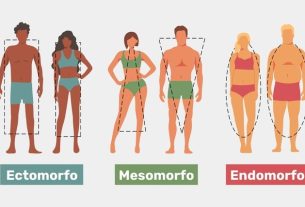Chest training should include different types of exercises, such as bench presses, lunges or push-ups, to work all parts of the chest and thus obtain a more developed and symmetrical muscle.
The pectoralis is a muscle group that is divided into two main muscles: the pectoralis major and the pectoralis minor. Generally, the group that is worked on for aesthetic purposes is the pectoralis major, which is on top and is therefore more visible. However, this muscle is also divided into 3 smaller parts: upper, middle and lower, which need to be worked.
As with any other strength training, the type of exercise and load chosen must be adapted to each person’s ability, to avoid poor execution and injuries. Therefore, it is recommended to do chest training under the guidance and supervision of a physical education professional.
5 exercises to increase your chest
The training plan should include at least 3 to 4 different exercises that target both the pectoralis major and minor. Therefore, the ideal is to choose between the following exercises:
1. Incline dumbbell bench press
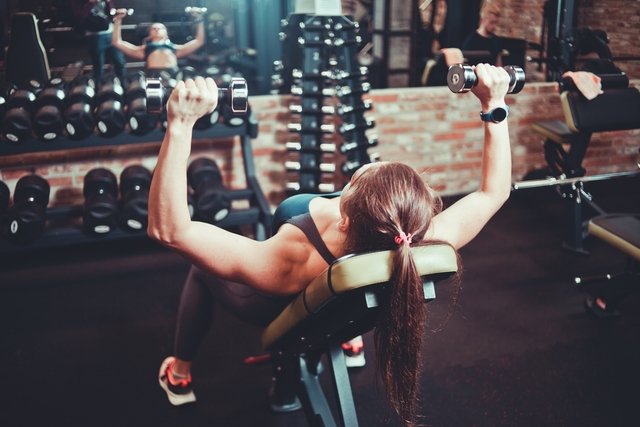
The incline dumbbell bench press is a focused exercise to work the upper pectoral muscles. Discover other types of bench presses and see how to do them.
This exercise must be performed on a gym bench that must be placed at an incline according to the instructor’s instructions. Then you must:
- Lie on your back on the incline bench, holding dumbbells with an appropriate weight;
- Stretch your arms perpendicular to the body, until they almost touch one dumbbell with the other and with your elbows slightly bent;
- Lower your arms until you feel your chest stretching and until your arms form a 90º angle. At this moment you must inspire;
- Raise the dumbbells back up to the starting position, exhaling the air in your lungs while making the movement.
You should perform 4 sets of 8 to 12 repetitions, resting for about 1 minute between each set. A good tip is to start the exercise with lighter dumbbells and gradually increase them as the number of repetitions decreases. A good example is doing 12-12-10-8, for example.
This exercise can also be done with the bench at 0º, that is, horizontally, however, in this case, the middle pectoral will be worked more, instead of the upper one.
2. Barbell bench press
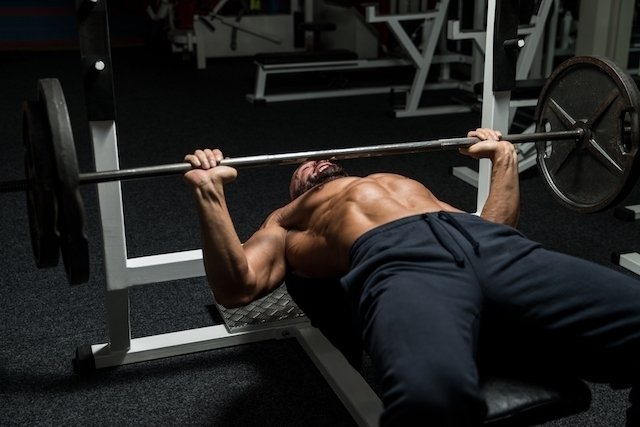
The barbell bench press is one of the most classic exercises for training the chest, but it is also quite complex and has a greater effect on increasing the mid-section and the overall volume of the chest. To do the exercise correctly you must:
- Place the bench horizontally and lie on your back;
- Hold a barbell with your hands shoulder-width apart;
- Lower the bar, bending your arms until the bar touches your chest and inhale during the movement;
- Stretch your arms again, pushing the bar until your arms are completely straightened. In this movement, you must exhale the air from your lungs.
4 sets of 8 to 12 repetitions should be performed, resting for about 1 minute between each set.
This exercise can be done with the help of another person, especially when trying to increase the weight of the bar to prevent it from falling onto the chest. Alternatively, you can also do the exercise using dumbbells, instead of a barbell.
3. Lunges on parallel bars
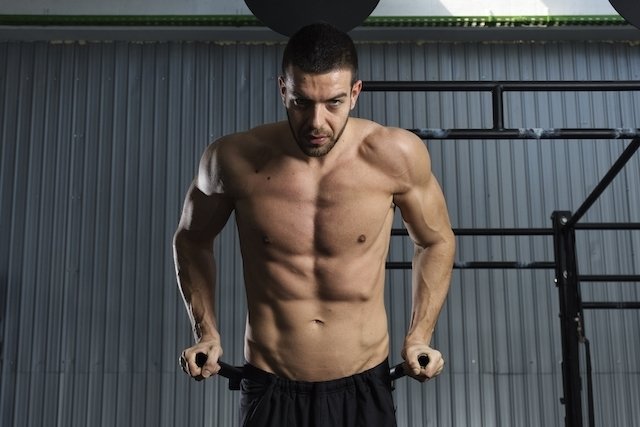
The lunge on the parallel bars is an exercise widely used to train the triceps, however, a small variation in this exercise can help to quickly develop the lower pectoral region. To do this you must:
- Hold the parallel bars with both hands, keeping your arms straight;
- Slowly bend your arms until you reach a 90º angle, and slightly lean your torso forward;
- Go back up and stretch your arms again until you reach the starting position.
The ideal is to do 4 sets of 8 to 12 repetitions, resting for about 1 minute between each set.
In this exercise it is very important to try to keep your torso leaning forward as you descend, to ensure that the force is mainly applied to the lower pectoral region that you intend to work on.
4. Push-ups
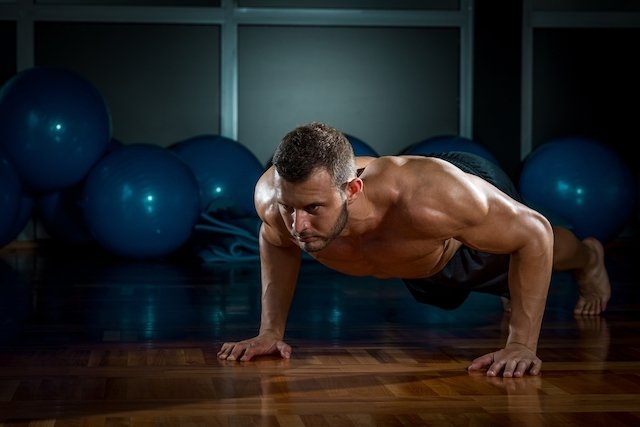
Push-ups are exercises that, in addition to working the mid-pectoral area, also help to strengthen the arms and can be done during chest training at home. Check out other exercises for chest training at home.
To perform the exercise you must:
- Stay in a plank position, with your arms shoulder-width apart;
- Lower and flex your arms until your chest touches the floor, keeping your elbows out and your abdominals contracted;
- Climb up again, returning to the starting position.
This exercise must be performed in 4 sets of 15 to 30 repetitions.
5. Crossover with high handle
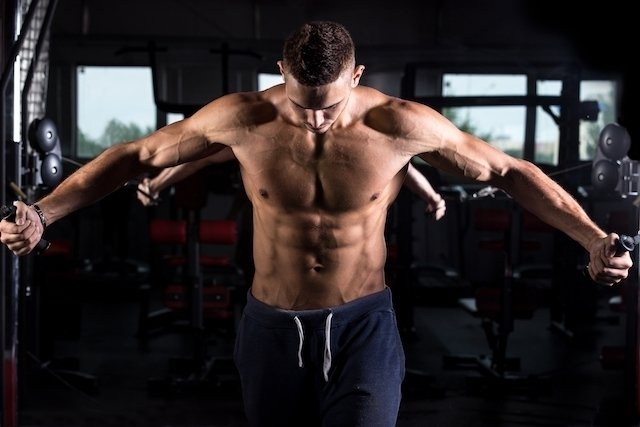
This is a good option to finish your chest training, which in addition to working the upper and middle part of the chest, also helps to define the region between the two pectoral muscles, creating greater definition. To do this, you must use a cable machine and follow the following steps:
- Hold both handles on the cable device;
- Pull the handles down until your hands touch in front of your waist, keeping your elbows slightly bent;
- Return to the starting position with your hands at shoulder level.
You can do 4 sets of around 12 to 15 repetitions and rest for around 1 minute between each set.
Bibliography
- ALIZADEH, S.; et al. Push-Ups vs. Bench Press Differences in Repetitions and Muscle Activation between Sexes. J Sports Sci Med. 19. 2; 289-297, 2020
- MOUSEHUND, L.; et al. Understanding Bench Press Biomechanics-The Necessity of Measuring Lateral Barbell Forces. J Strength Cond Res. 36. 10; 2685-2695, 2022
- SCHÜTZ, P.; et al. Chest Exercises: Movement and Loading of Shoulder, Elbow and Wrist Joints. Sports (Basel). 10. 2; 19, 2022
- GIANCOTTI, GF; et al. Biomechanical Analysis of Suspension Training Push-Up. J Strength Cond Res. 32. 3; 602-609, 2018

Sign up for our newsletter and stay up to date with exclusive news
that can transform your routine!
Warning: Undefined array key "title" in /home/storelat/public_html/wp-content/plugins/link-whisper-premium/templates/frontend/related-posts.php on line 12
Warning: Undefined array key "title_tag" in /home/storelat/public_html/wp-content/plugins/link-whisper-premium/templates/frontend/related-posts.php on line 13




